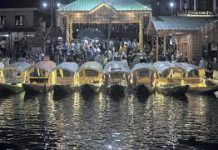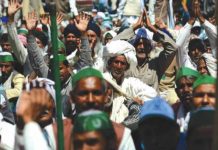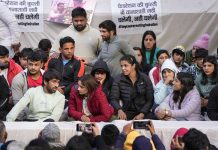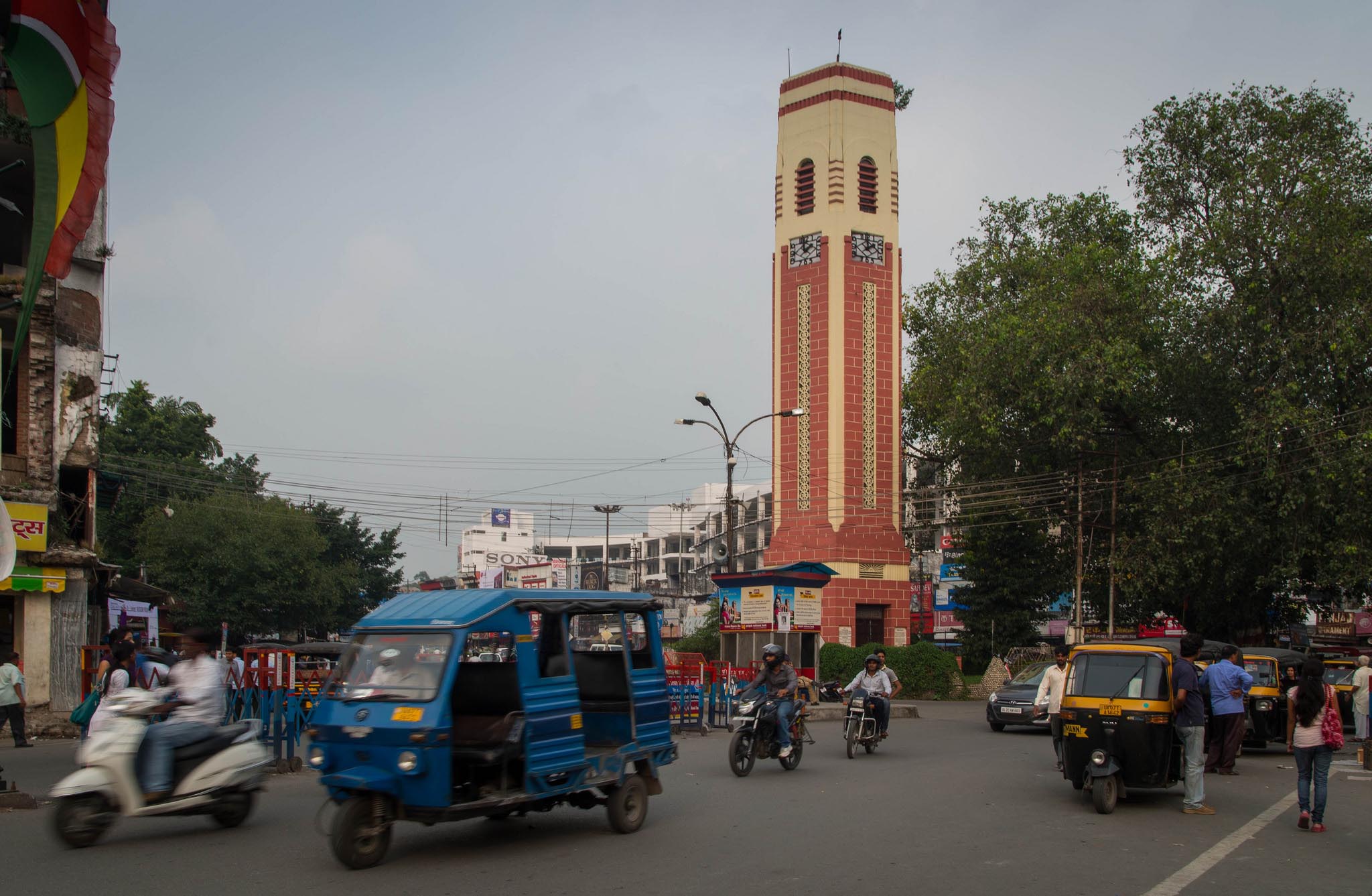
The basic problems the state was born with remain as they were, with some only worsening with passage of time because politicians lack the will to find solution and bureaucrats are a happy lot enjoying the sunshine of Dehradun, writes Amitabh Srivastva
Vaulting ambitions and misplaced priorities of bureaucrats give Uttarakhand the tag of a State where disasters never cease.
On November 9, the state carved out of Uttar Pradesh in 2000 after a prolonged struggle, and movement, led mostly by women, completed 22 years of its ‘scary’ existence.
The situation is scary because a state which was named and conceived by late Indramani Badooni, founder of Uttarakhand Kranti Dal, has seen tenures of only BJP and Congress rule while the wife of Diwakar Bhatt, the firebrand UKD leader, committed suicide because he lost the first election in Uttarakhand. Badooni had died in depression because he could not see the state in his lifetime.
Scary because the state called Devbhoomi continues to see several pilgrims and passengers perishing in road accidents. Recently, a chopper mishap resulted in the death of six Kedarnath pilgrims and the pilot. This is a regular phenomenon since 2020 which goes up many times during the Char Dham Yatra season.
Scary because the state which was considered one of the safest place for girls in the country in its formative years is currently in news for the suicide of a 19-year old Ankita Bhandari who was reportedly forced into taking her own life because she refused to sell her body while working at a resort owned by a BJP leader.
Scary because instead of taking the case to its logical conclusion and ordering a CBI inquiry, the leaders who know the culprits are trying to blame the ‘modern lifestyle’ where children don’t share their phones with their parents.
This writer was personally present at one such meeting on Women Safety in Uttarakhand Sadan in Delhi where one leader was rueing about live-in relationships becoming the fashion and some such rubbish. Ironically, at the same meeting, women activists revealed that Ankita Bhandari was not the only case of this kind in Devbhoomi Uttarakhand. And yet there were no fireworks. Everyone went home having waved each other goodbye cordially.
The only “positive” development during these 22 years is that 11 Chief Ministers got the chance to adorn the CM seat in this period who kept going out and coming in from a revolving door. This means two years on an average for one man.
The longest tenure has been that of veteran Congress stalwart Narain Dutt Tewari who, ironically, was credited with a famous line – ‘Uttarakhand would be formed over my dead body’ – which has not been contradicted to date.
In retrospect, the stars seem to have conspired against Uttarakhand ever since it was born as instability had hit the Nityanand Swamy government from the first day itself with some ministers refusing to take oath but relenting later. However within one year, the “gentleman” Swamy’s tenure was cut short by a revolt by BJP MLAs, paving the way for Bhagat Singh Koshyari to take oath in October 2001.
This midway change of horses that had failed in Delhi and elsewhere failed here too as BJP lost the first election in Uttarakhand in 2002 and ND Tewari was anointed as CM.
Since then, the state has seen the BJP and Congress coming to power alternatively and in-fighting, especially in the BJP, has resulted in several faces like Ramesh Pokhriyal Nishank, Bhagat Singh Koshyari, BC Khanduri (twice), Trivendra Singh Rawat, Tirath Singh Rawat and now Pushkar Singh Dhami adorning the position. It must be admitted that these leaders have been honest to a fault and have never hesitated in levelling corruption charges against their own leaders!
But where does all this merry-go-round take Uttarakhand or Dev Bhoomi? Literally in circles, leading nowhere.
Having watched the growth of the state from an infant state (this writer covered the state as a correspondent for a national daily in 2000) to an adult of 22 and talking to various stakeholders, one can ‘safely’ conclude that the basic problems the state was born with remain as they were, some have only become worse because politicians have no solution and bureaucrats are a happy lot enjoying the sunshine of Dehradun while the rest of India is fighting pollution and early morning fog.
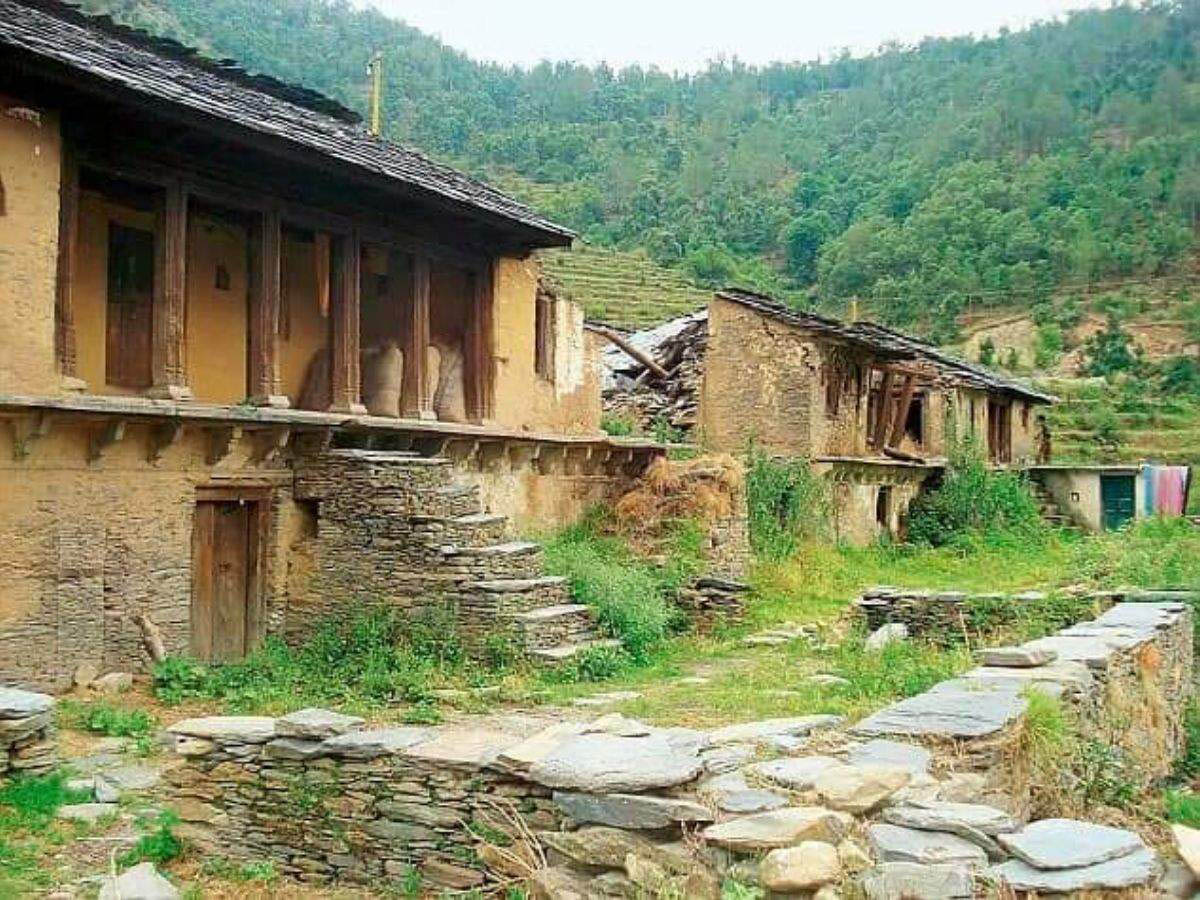
The biggest challenge before the state to restore the balance between the remote villages, some with only a few families and those nearer the big cities remains unresolved as is reflected in the figures given out by the Election Commission in 2017.
Of the 70 assembly constituencies in the state, 12 have a population of less than 90,000. The maximum population of 1.93 lakh happens to be in Dharampur (Dehradun) and the least in Purola 78,000 (Uttarkashi). Others in the under 90000 category are Tehri, Dhanolti,
Lansdowne, Pratap Nagar, Deoprayag, Gangotri, Gopeshwar, Kedarnath, Narendranagar and Chaubattakhal.
When the state was carved out as an independent state from Uttar Pradesh, the main grouse of the people was that decisions taken in Lucknow were not percolating down to the remote hill areas.
Only the names seem to have changed since then. Today all development activities are centred around Dehradun, Hardwar and Udhamsingh Nagar which are considered plains while the hill areas are witnessing migration on a big scale.
As many as 764 villages have been declared ‘ghost villages’ where no one wants to live and the Electoral list reveals that out of 78.15 lakh voters 3.83 lakh had left their homes in 2017.
Interestingly, every party, with the possible exception of the Uttarakhand Kranti Dal, admits that migration is a real problem but dismisses the issue as inconsequential at the same time.
Talking about this issue, Harish Rawat, former Chief Minister and senior most leader of the Congress, said, “Migration is not bad per se. If a qualified doctor or professional is in demand in any part of the country or the globe, no one should stop him. Yes, migration should not be due to lack of job opportunities. That has to be stopped by providing employment in the constituency itself. During my tenure, the unemployment index had come down to 1.5 which has gone up to 9.5 today.”
Dr. Devendra Bhasin, vice-president of the state BJP, while tracing the migration story to history echoes the sentiment.
“Migration and unemployment have been with us historically, even when the state was not born. But migration is of two kinds, one for the opportunity of availing good jobs which should be welcomed. But the other is due to lack of employment which we are trying to check.”
This talk of migration so glibly reminds me of my first posting to Dehradun in 1998. I was shocked to hear from Suryakant Dhasmana, vice-president of UPCC at present, that youths were leaving villages in desperation, so much so that in several villages they could not find four youths to carry a dead body to the pyre. Not much has changed after 22 years and leaders are least bothered because most of their own children are happily settled abroad.
But some side-effects of this mass migration in Uttarakhand have been brought out very succinctly in a paper titled “Bringing forward the left-behind: Impact of male out-migration on women in hill districts of Uttarakhand” by Prakriti Sharma, Consultant at Athena Infonomics. She brought out some very interesting facts while working on a research paper in 2019 for TERI School of Advanced Studies.
Talking about her study, she said, “We conducted our study in four villages of Almora (but others were doing it in almost all villages of Uttarakhand) from January to May to find out how the migration of men was affecting the women who were left behind to take care of both the home and the fields.”
One was of course that agriculture in these villages was becoming feminine-oriented by default. Secondly, the workload of women had doubled but it was convenient for the men to let it remain so even when some of them had returned. They are conventionally lazy and they need their booze in the evening.” So the line “Sooraj ast Pahad mast” holds as good today as it did then.
The study revealed one positive side-effect of this exodus of men in that the education level of girls went up. But unfortunately the aim was not to uplift their awareness but only to increase their matrimonial eligibility.
The decreasing area of agricultural land and agricultural produce has been another cause of worry about which this report says:
“With agriculture as the primary activity of most households, 60.25% of households owned about 17,000 sq.ft. of land or less. Out of which, 89% women did not have property rights over that land which restricted their control and ownership over land”.
The 2011 census report has it on record that there were 968 ghost villages in Uttarakhand (a government survey in 2017 put it at 764) and about 70,000 hectares of land was non-agricultural, though unofficially the figure is said to be 1 lakh hectares.
None of this seems to worry the politicians of the state, most of whom prefer to remain in Dehradun or cities like Hardwar and Udhamsingh Nagar.
This is the height of hypocrisy because when the choice of a capital for the new state was being discussed there were noises to make Gairsain, a desolate area placed almost mid-way between Garhwal and Kumaon as the capital.
The then CM Nityanand Swamy announced Dehradun as the ‘interim’ capital because Dehradun was the only city with the best rail, road and air connectivity. However it remains as ‘Interim’ till date because no politician worth his salt dares to openly speak out against making Gairsain the state capital. Shivanand Chamoli, one of the founding members of the Uttarakhand Kranti Dal, says,”We have not moved ahead because we got third class bureaucracy and third class leaders imposed from Delhi. Corruption among the bureaucrats is rampant because the political leaders are illiterate and totally dependent on the bureaucracy.”
This is reflected in black and white in the latest Performance Grading Index released by the Government which shows Uttarakhand at Number 35 among 37 states and UTs in the country, better only than Meghalya and Arunachal Pradesh.
Anoop Nautiyal, a Dehradun based social activist and founder of Social Development of Communities (SDC) Foundation, who briefly dabbled in politics five years ago when he joined the Aam Aadmi Party, says, “The big change that has come about in 22 years is that while earlier leaders like Nityanand Swamy were worried about being pulled up by the high command if newspapers reported against them, today no one is bothered about what the media writes. You can sit in a dharna and even die but it does not change things any bit.”
He adds, “As we prepare to celebrate the 23rd Foundation Day of the state, we must be self critical. Lack of governance and apathy at all levels is the reason for such abysmal and poor outcomes. I urge the political leadership and senior officials who are engaged in the profession of school education or healthcare or any other issue to deeply reflect on these and promise to make changes to better the situation.”
But the incumbent Chief Minister Pushkar Dhami guided by ‘intelligent’ inputs by his close officials including some ex-IPS officers looking after the media relations have already found the Brahmastra for all his troubles.
Uttarakhand is one of the first states in the country to have already implemented the Common Civil Code to polarise voters who have so far remained non-communal in the state.
In today’s India, polarisation is the only sure shot formula for success at the hustings. Nothing else matters.









